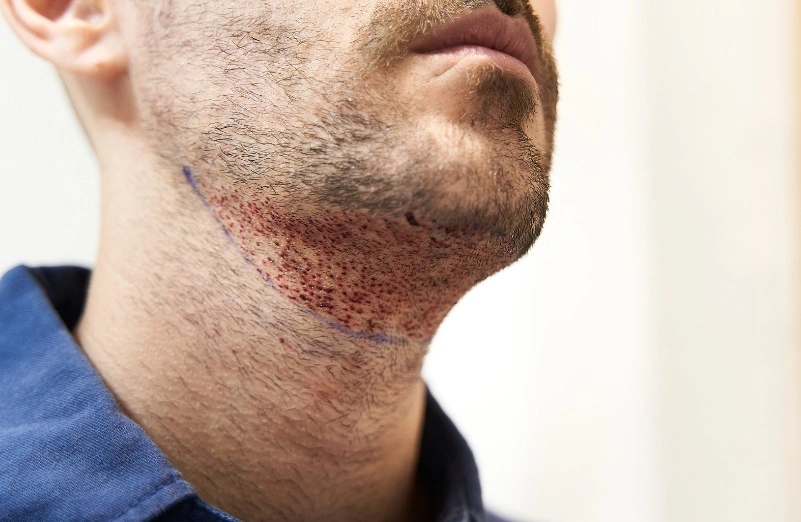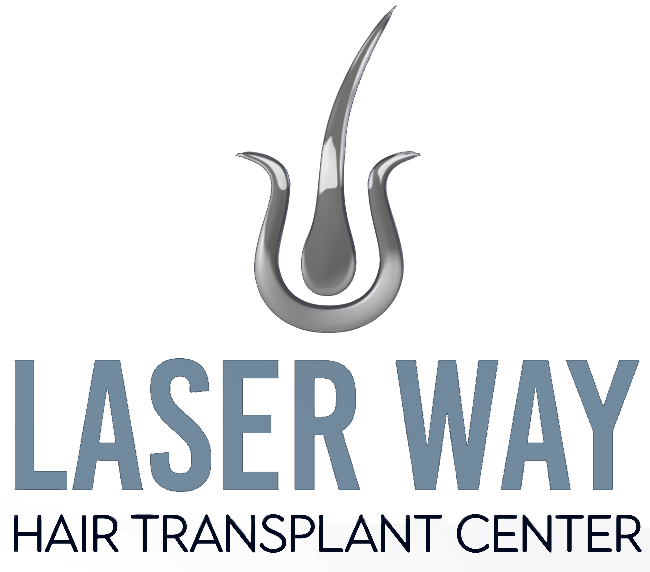The term “beard transplant” can refer to either transplanting hairs from the beard to other regions of the head and body or moving hairs into the beard to make it look fuller or longer. Not everyone is born with the DNA of a Viking deity with long hair. Thankfully, since the first hair transplant was performed in 1996, beard transplants have advanced significantly and are currently among the most popular operations for men undergoing cosmetic surgery.

Here are some answers to some of the questions you’ve probably been dying to ask if you’re thinking about getting a beard transplant:
Who Requires Beard Hair Transplantation?
· If a candidate merely desires a fuller beard, the process must be tailored to his desired level of fullness. For instance, he could choose a complete “lumberjack” beard or just a “low strap” beard, in which the hairs barely peek above the jawline.
· A person may also desire a beard transplant if he has lost hair due to trauma or scars and would like beard transplanted into a hair-deficient or hair-free area.
· When the donor supply of the scalp has been exhausted from several previous transplants, a person would use beard hairs as a salvage source to transplant, for example, the scalp.
· Additionally, since beard hairs are resistant to the effects of DHT, an applicant’s age shouldn’t be a major factor in a bread-to-beard transplant.
The Process of Beard Transplants
Your surgeon will transplant hair follicles, typically taken from your head to areas of your beard where there is little to no hair during a beard transplant. A graft is the follicular unit that is being transplanted, which includes the opening and often 1-4 accompanying hairs. A beard transplant consists of two primary steps: harvesting and insertion.
FUE Technique for Facial Hair Transplantation
The FUE method, which stands for Follicular Unit Extraction, is a relatively new technique that has gained popularity in recent years. It eliminates the need for a linear incision, resulting in faster recovery and less scarring.
Instead of removing a large section of scalp tissue and then separating the hair follicles, an FUE transplant surgeon removes small clusters of hair follicles one at a time. Many surgeons employ a small “punch” tool to do this process as quickly as possible, however the grafts can alternatively be removed manually.
After the grafts are removed, the procedure is the same as for the DHI method. Small incisions are made in the recipient area, and follicles are inserted. The sole variation is the process of harvesting the grafts.
FUE beard transplants leave a series of small, circular scars on the scalp, which are readily camouflaged beneath the hair. This approach is far superior to the DHI method for those who want shorter hairstyles.
Stages of Transplanting a Beard:
For multiple reasons, you have get a free evaluation at Laser Way Clinic before the procedure:
· Determine the guidelines that need to be followed, such as quitting smoking and abstaining from certain medications like aspirin, to guarantee that there are no surgical issues that could compromise the outcome or transplant success rate.
· Select the donor region from which the transplanted follicles will come. Dense hair should be present in the donor area, which is often the chest or back of the head.
· Make sure there are no allergies to any of the materials used in the procedure by doing some analysis.
· A mutual agreement between the patient and the physician will determine the transplanted beard’s shape, taking into account the recipient’s desired appearance and the contour of their face.
During the Beard Transplant:
· The doctor first determines where the hair will be transplanted, which may include the chin, mustache, and sideburns, and then applies a local anesthetic to both the donor and receiving areas.
· Following that, the doctor begins to make incisions in the donor area and harvests the hair follicles, taking care not to harm them. He then moves the follicles one by one and transplants them to the designated location. At this point, the doctor must exercise caution since the hair develops in the same direction as the transplanted follicle in the receiving location, and any error will have an impact on the appearance of the chin hair.
After a Beard Transplant:
After the procedure, the physician will provide guidelines that need to be followed to preserve the outcome and guarantee the effectiveness of the procedure.
You will need 7 to 14 days to recuperate from the beard transplant operation. After 14 days, you can return to your normal activities. After three weeks, you can start shaving or trimming your new beard. After two or three weeks, the new beard hairs may begin to shed and fall out.
In Summary
When it comes to improving the appearance of the face, beard transplants have become a game-changing option for people whose beards are thinning or not growing enough. With cutting-edge methods like Direct Hair Implantation (DHI) and Follicular Unit Extraction (FUE), patients can restore their beards in a way that looks natural, is customizable, and lasts.
